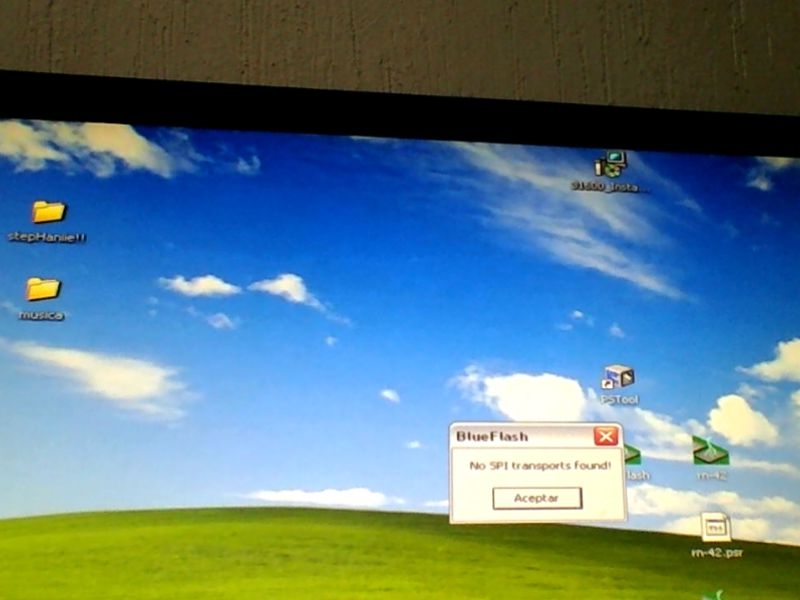

- Bluesuite no spi transport lpt how to#
- Bluesuite no spi transport lpt Bluetooth#
- Bluesuite no spi transport lpt series#
So I am trying to figure out how to change that.

It takes 6 "volume -" button pushes to get that down to bearable. Powering the board, one is greeted with a loud "du du du da - blip" followed by aforementioned audible white noise. Actual problems however are the default volume level and the startup sounds.

Dialling down the amplifier gain level via DIP switches helps a bit, also making the source louder and the module quieter seems to help a bit. It's tolerable at room level but not suitable if you want to listen to something very quietly (e.g at night). Unfortunately, there is quite a bit of quiescent noise.
Bluesuite no spi transport lpt Bluetooth#
Volume control is digitally controlled via pushbuttons and I suspect that everything goes through the bluetooth module. The AUX input (3.5 mm stereo) has a contact to detect if something is plugged in and it seems to be routed via the nearby SGM4717 analog switch. At 12 V it draws less than 100 mA with "JBL Control One" (~10 yrs old), and I don't need it much louder. Pairing went without problems ("M-DIY-AUDIO-"). The main board is populated with a a DC socket for power (center positive). I bought an amplifier board too, it ("BLAMP-50W-V3", ) is built around the TDA7492 50W class-D amplifier and a CSR8635 bluetooth module (without antenna). For audio streaming the range is inherently limited by the high throughput and limited time for resends This of course would hinder portability, but if its going in an enclosure - especially a protable speaker, then an external antenna would allow you to use a metal housing, as well as provide a fairly decent range. A reasonable way of making it easier to get 'good range' would be disconnecting the PCB antenna (there's a 0402 cap that acts as a link between the onboard antenna and the module pin) and using 50-ohm coax to an RP-SMA connector, then a standard 2.4Ghz 1/4 wave antenna, the likes of which you get on wificards. There are PSKeys to set the tx power, but it can only set the 'max' and the actual power it uses is dynamic - it will change tx power on the fly to save battery life when the link is robust. I've used the cheap blue CSR8645 modules mounted on a PCB with the antenna off the edge - away from traces, inside a plastic housing and had no trouble with 8m. Connect it to a 50 ohm antenna and who knows what range you'll get, its all very haphazard. But this not only detunes the antenna, it also provides an unknown impedance out. It seems most bluetooth 'audio' modules (ones mounted on a PCB with audio amps, regulators and connectors) just have a bare wore soldered to the antenna, then to the PCB so one can 'connect their own'. are copied without any care about what matching network to use, or the effect of housing, nearby traces etc. Often these are just copied from gerbers of other designs - many inverted F, meander, PCB antennas in general etc. As for range, RF is always tricky, and you may have noticed that many cheap modules china kicks out, whilst functional, and sometimes very useful - rarely design good PCB antenna's.
Bluesuite no spi transport lpt series#
Yes, I used that as the VCCIO on my FT232, as well as 220ohm series resistors 'just in case'.

Would trust to to supply much, but should be fine for the FT232. The 1.8V is *usually* broken out on the module on a pin.


 0 kommentar(er)
0 kommentar(er)
